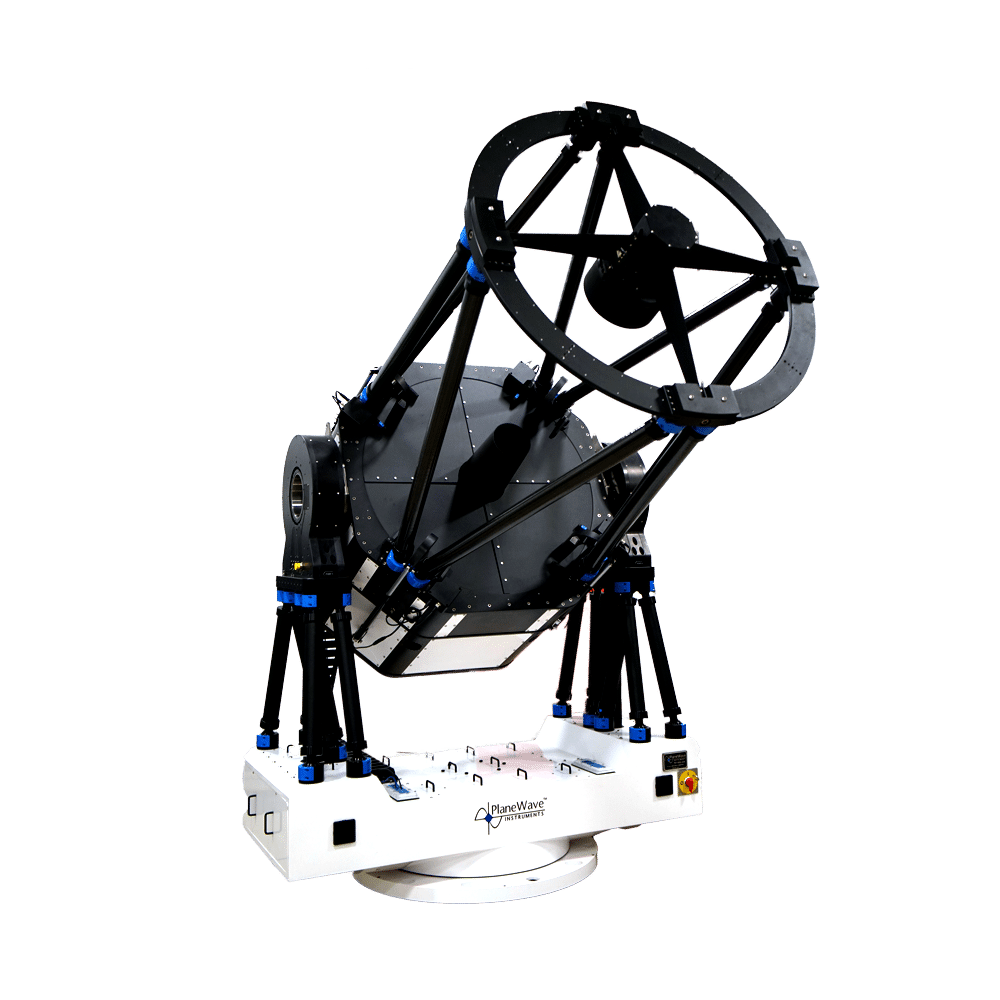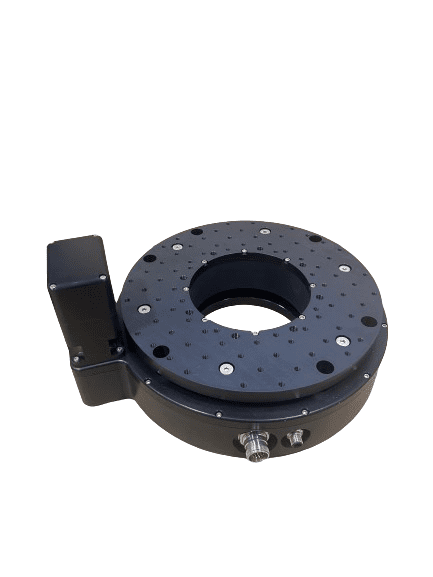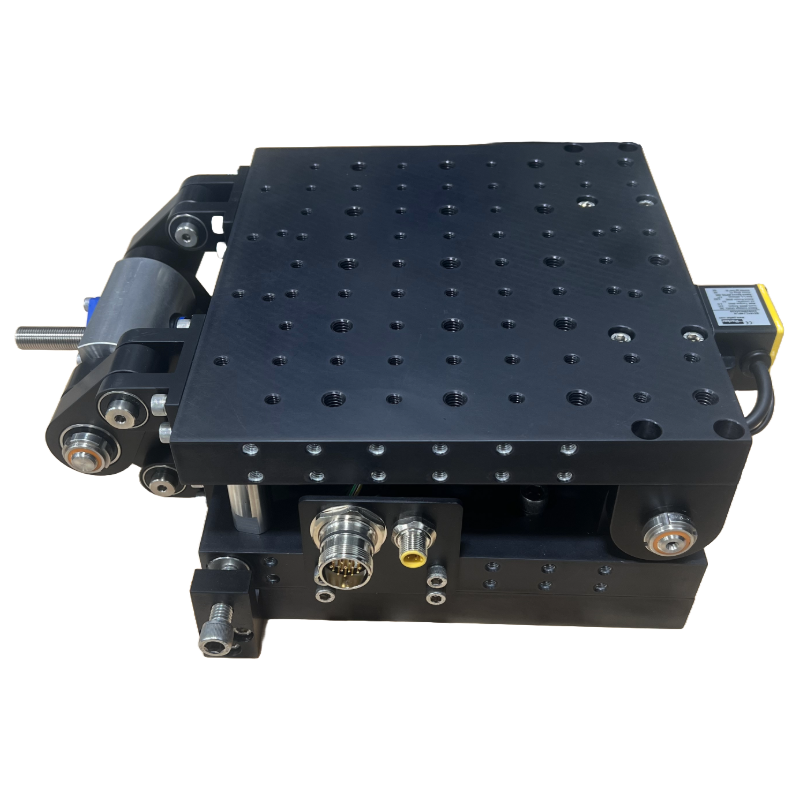RC1000 Ritchey-Chrétien Telescope System
$700,000.00
The RC1000 telescope from PlaneWave Instruments is designed to meet the demanding requirements of rigorous academic, commercial, and defense applications, making it ideal for serious astronomers and astrophotographers. This flagship system features the RC1000 Ritchey-Chrétien optical tube along with a high-performance direct-drive mount tailored for superior imaging, precision research, and robust educational projects.
*Price excludes shipping and crating. See our crating and pricing policy for full details.
Key Features of the RC1000 Telescope
RC1000 Optical Tube Assembly
- Aperture and Focal Length: Features a 1-meter aperture and a 12240 mm focal length at an f/12.2 ratio, perfect for high-resolution imaging and exhaustive scientific observations.
- Ritchey-Chrétien Optical Design: Utilizes a classical RC design with minimal central obstruction, improving image contrast and minimizing diffraction spikes for more defined and detailed celestial imaging.
- Dual Nasmyth Focus Capability: Equipped with dual Nasmyth focus ports that accommodate heavy instrumentation, enhanced by a controllable tertiary mirror for rapid switching between different instruments or cameras.
High-Performance Mounting System
- Direct Drive Motors: Employs cutting-edge direct-drive motors that provide smooth, fast, and near-silent slewing at up to 50 degrees per second, ensuring zero backlash and zero periodic error, perfect for exact tracking and quick repositioning.
- High-Resolution Encoders: Comes with on-axis 26-bit absolute encoders on each axis for extraordinarily precise pointing and tracking, essential for stable tracking of low Earth orbit satellites.
- Advanced Tertiary Mirror System: Features a software-controlled rotating tertiary mirror which simplifies the process of switching between multiple instruments and observational setups without the need for rebalancing or refocusing.
Application-Specific Advantages
Astrophotography
The RC1000 excels at delivering outstanding image quality through its large aperture and extended focal length, coupled with a high-precision drive system. It is superbly suited for capturing intricate images of distant galaxies, nebulae, and other celestial phenomena.
Astronomy Research
This observatory-class system is invaluable for universities, research institutes, and advanced observatories engaged in detailed celestial measurements and extensive space studies. Its robust design and advanced optical capabilities facilitate precise photometry, spectroscopy, and high-resolution imaging.
Free-Space Optical Communication (FSOC)
The RC1000's large aperture and refractive-optics-free design make it exceptionally well-suited for Free-Space Optical Communication. These features allow for high-resolution, long-distance optical data transmission, which is critical in modern telecommunications. Additionally, the telescope's exceptional tracking capabilities ensure precise alignment with communication satellites and other terrestrial communication points, enhancing signal fidelity and system reliability in FSOC applications.
Specifications
RC1000 Ritchey-Chrétien Telescope System
| Aperture | 1000 mm (39.37 in) |
| Focal Length | 12200 mm |
| Focal Ratio | f/12.2 |
| Central Obstruction | 27% of the Primary Mirror Diameter |
| Back Focus | 578 mm (22.75 in) |
| Weight | 3650 lbs |
| Optimal Field of View | 64 mm (0.3 degrees) |
| Fork Assembly | Space frame steel truss |
| Fork Base | Welded stainless steel torsion box |
| Azimuth Bearing | Dual 11.125 inch tapered roller bearings |
| Altitude Bearing | Three 9.5 inch 4 way loaded ball bearings (two pre-loaded on motor side and one on non motor side) |
| Optical Tube | Dual truss structure with Nasmyth focus |
| Instrument Payload | 300 lbs (150 ft-lbs) – mounted on the field de-rotator plate |
| Motor – Azimuth and Altitude | Direct Drive 3-Phase Axial-Flux Torque Motor |
| Encoder – Azimuth and Altitude | Absolute encoder with a resolution of 0.005 arcseconds (268 million counts per revolution) |
| Motor Torque | Greater than 200 ft-lbs of peak torque |
| Drive Electronics | Controls the altitude and azimuth motors and encoders, 2 direct drive de-rotators with absolute encoders, 4 fans zones, 3 dew heater zones, two focusers, an array of temperature sensors, M3 port selector, primary mirror covers and magnetic axis deceleration |
| Telescope Control Software | PlaneWave Interface 4 (PWI4) Software. Incorporates PointXP mount modeling software and All Sky PlateSolve, both by Dave Rowe. Also includes automatic focusing, dew heater control, primary mirror cover control, and dome control and provides HTTP and ASCOM control interfaces. Linux and Windows compatible. MaxIm DL is required for camera control when building a pointing model within our PWI4 software. |
| Pointing Accuracy | Better than 10 arcsecond RMS with PointXP Model |
| Pointing Precision | 2 arcseconds at sidereal velocity |
| Tracking Accuracy | < 1 arcsecond over a 10-minute period at sidereal velocity |
| System Natural Frequency | 10 Hz or greater |
| Field De-Rotator Accuracy | < 3 microns of peak-to-peak error at 35mm off-axis over 1 hour of tracking (18 arc sec) |
| Included Items | Actuator Mirror Shutters - Automated shutters to protect the primary mirror and inside of the optical tube |
| Heating elements for dew prevention - includes integrated heating pads on the primary and secondary mirror | |
Recommended Products
| Image | Name | Summary | Price | Buy |
|---|---|---|---|---|
| Delta T Heater |
| $750.00 | ||
| CDK1000 Instrument Focuser |
*Maximum moment 50 foot-lbs | $8,000.00 | ||
| CDK1000 Instrument Rotator |
| $20,000.00 | ||
| PW1000 Counterweights | $58.00 – $104.00 | |||
| Robotic Piggyback Mount Adapter | The PlaneWave 2-Axis Robotic Piggyback Mount is an adaptable accessory designed to securely attach to the exterior of PlaneWave RC700 or PW1000 telescope systems, providing a stable platform for additional equipment like cameras or secondary telescopes. Controlled and calibrated through PlaneWave’s dedicated Robotic Piggyback Mount software, this mount enables precise positioning and synchronized tracking for enhanced imaging and observational capability alongside the primary telescope. The system’s design ensures exceptional stability under high-precision conditions, making it ideal for advanced astrophotography and scientific research applications that require versatile mounting solutions. | $29,000.00 – $30,000.00 |






